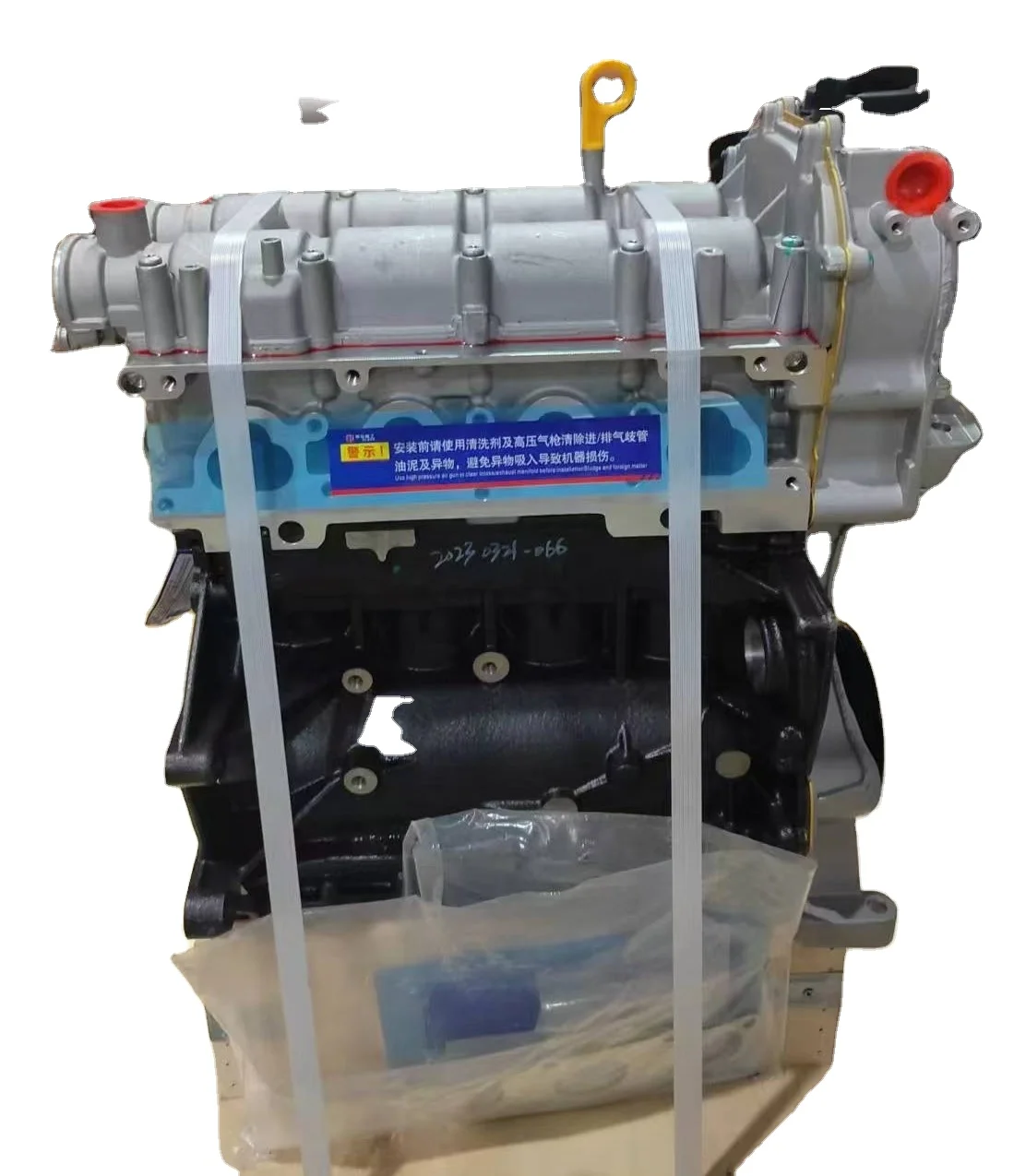Ensure long-term reliability with the right clp engine.
Ensure long-term reliability with the right clp engine.
Blog Article
How a Clp Engine Can Improve Effectiveness in Different Industries
The advent of CLP engines marks a significant change in operational performance across numerous industries, driven by their capacity to optimize gas usage and minimize downtime. Industries such as production and logistics stand to gain significantly from their durable style and regular power output, which guarantee to streamline procedures and improve performance. As organizations progressively focus on sustainability alongside effectiveness, the duty of CLP engines becomes a lot more critical. What stays to be seen is just how these advancements will form the future landscape of commercial operations and their effect on wider economic fads (clp engine).
Summary of CLP Engines
CLP engines, or Continuous Fluid Propellant engines, stand for a considerable development in propulsion innovation, especially for space applications. These engines utilize a continual feed system that enables the sustained expulsion of propellant, leading to boosted effectiveness and performance contrasted to standard solid or hybrid propulsion systems. By keeping a continuous flow of fluid propellant, CLP engines can accomplish more specific thrust control, which is important for navigating spacecraft in numerous objective scenarios.
The layout of CLP engines integrates innovative materials and cutting-edge gas administration systems. clp engine. This results in lowered weight and enhanced integrity, necessary elements for long-duration room missions. In addition, the constant procedure decreases the danger of burning instability, a typical obstacle in conventional rocket engines.

Advantages in Production
The production of Constant Fluid Propellant (CLP) engines presents a number of noteworthy advantages that enhance both efficiency and cost-effectiveness. Among the key benefits is the structured production process, which reduces the complexity linked with typical propulsion systems. By making use of liquid propellant, producers can attain better accuracy in engine performance, leading to optimized power outcome and decreased waste.
Additionally, CLP engines promote a higher degree of modularity, enabling less complicated combination into numerous manufacturing lines. This adaptability can significantly decrease lead times and boost total operational adaptability. Making use of CLP technology additionally has a tendency to minimize the demand for substantial maintenance due to less moving components, which equates right into minimized downtime and operational expenses.

Applications in Logistics
Leveraging Constant Liquid Propellant (CLP) engines in logistics provides considerable advantages in Click Here operational performance and integrity. These engines give a durable remedy for numerous transport demands, making it possible for the smooth motion of products across substantial ranges. The inherent layout of CLP engines permits regular power outcome, which equates into smoother and more foreseeable transport routines.
Among the vital applications of CLP engines in logistics remains in durable freight transportation, where they can drive both ground and airborne automobiles. Their capability to maintain high efficiency under differing tons problems makes certain that shipment timelines are satisfied, thus enhancing consumer satisfaction. In addition, CLP engines can be incorporated into automated logistics systems, helping with real-time monitoring and enhancing path planning.
In addition, the longevity of CLP engines lowers maintenance downtime, permitting logistics companies to optimize their operational capabilities. This is specifically useful in warehousing operations, where performance in dealing with and Read Full Report transporting items is vital. As logistics proceeds to progress, the integration of CLP engines stands for a forward-thinking approach that not only enhances efficiency however likewise sustains the industry's growing demands for reliability and rate.
Impact on Power Efficiency
Exactly How do Continual Fluid Propellant (CLP) engines improve power efficiency in transport? CLP engines utilize a constant circulation of liquid gas, maximizing combustion processes and keeping a visit site stable thrust outcome. This design reduces power losses connected with standard burning engines, where fuel delivery can differ and bring about inefficiencies.
The constant procedure of CLP engines enables a much more reliable thermal cycle, resulting in higher particular impulse contrasted to traditional engines. clp engine. This converts to reduced fuel usage for the exact same quantity of work done, considerably reducing functional costs across various transportation markets, consisting of aeronautics and maritime sectors
In addition, the capability of CLP engines to keep optimal performance under varying load conditions decreases the requirement for regular acceleration and deceleration, further improving fuel efficiency. Improved energy efficiency not only adds to set you back financial savings yet additionally results in decrease greenhouse gas emissions, lining up with worldwide sustainability goals.
Future Trends and Innovations
Emerging developments in Continuous Liquid Propellant (CLP) engine technology promise to change the landscape of transportation effectiveness and sustainability. As markets pivot toward greener choices, CLP engines stand at the center, incorporating ingenious materials and layout techniques that improve performance while minimizing ecological influence.
Among the most promising fads is the fostering of hybrid systems that incorporate CLP engines with renewable resource resources. This harmony can optimize fuel usage and reduce exhausts, straightening with worldwide sustainability goals. Additionally, developments in computational liquid characteristics (CFD) are assisting in the design of more aerodynamically reliable engines, bring about reduced drag and boosted gas effectiveness.
Furthermore, the growth of smart surveillance systems is set to boost operational performances. These systems leverage data analytics and IoT modern technology to enhance engine efficiency in real-time, making sure that the engines operate within their most reliable parameters.
As research study proceeds to explore alternate propellant formulations-- such as biofuels and synthetic gas-- the future of CLP engines looks encouraging. By utilizing these advancements, industries can not just boost their efficiency however additionally add significantly to a cleaner, a lot more lasting future in transport.
Conclusion
In final thought, CLP engines stand for a significant improvement in performance throughout multiple industries. Their capability to enhance gas intake and reduce operational costs, integrated with a continual feed system, boosts power output and operational reliability. The combination of sophisticated products and less relocating components lessens upkeep needs, while positioning with sustainability objectives positions CLP engines as a pivotal innovation for the future. Continued development in this field promises further improvements in efficiency and environmental performance.
Report this page